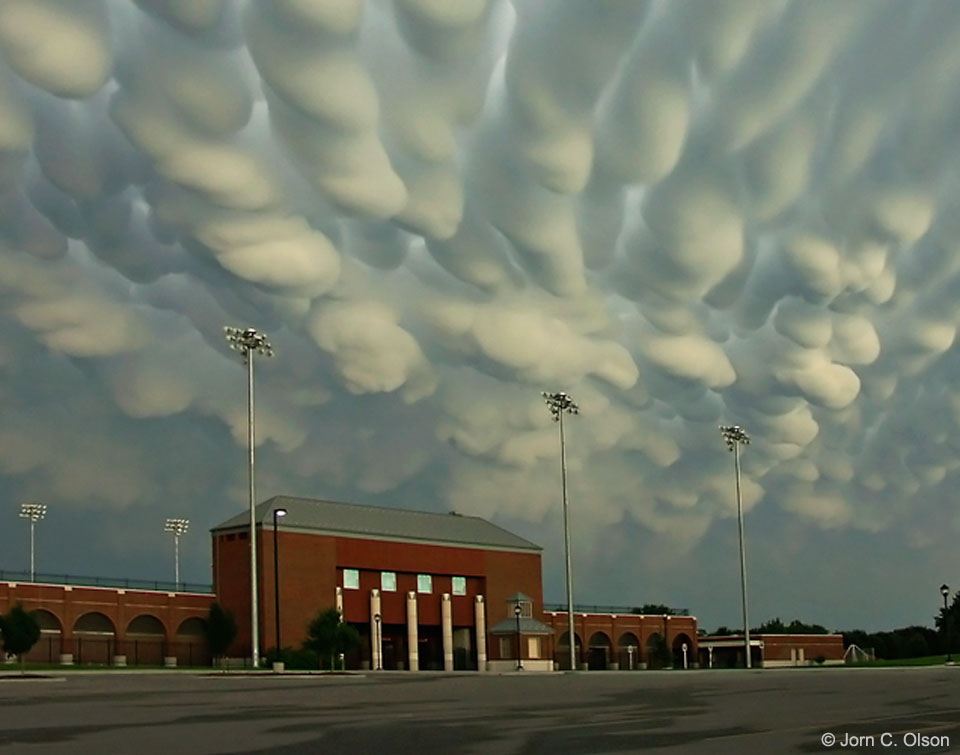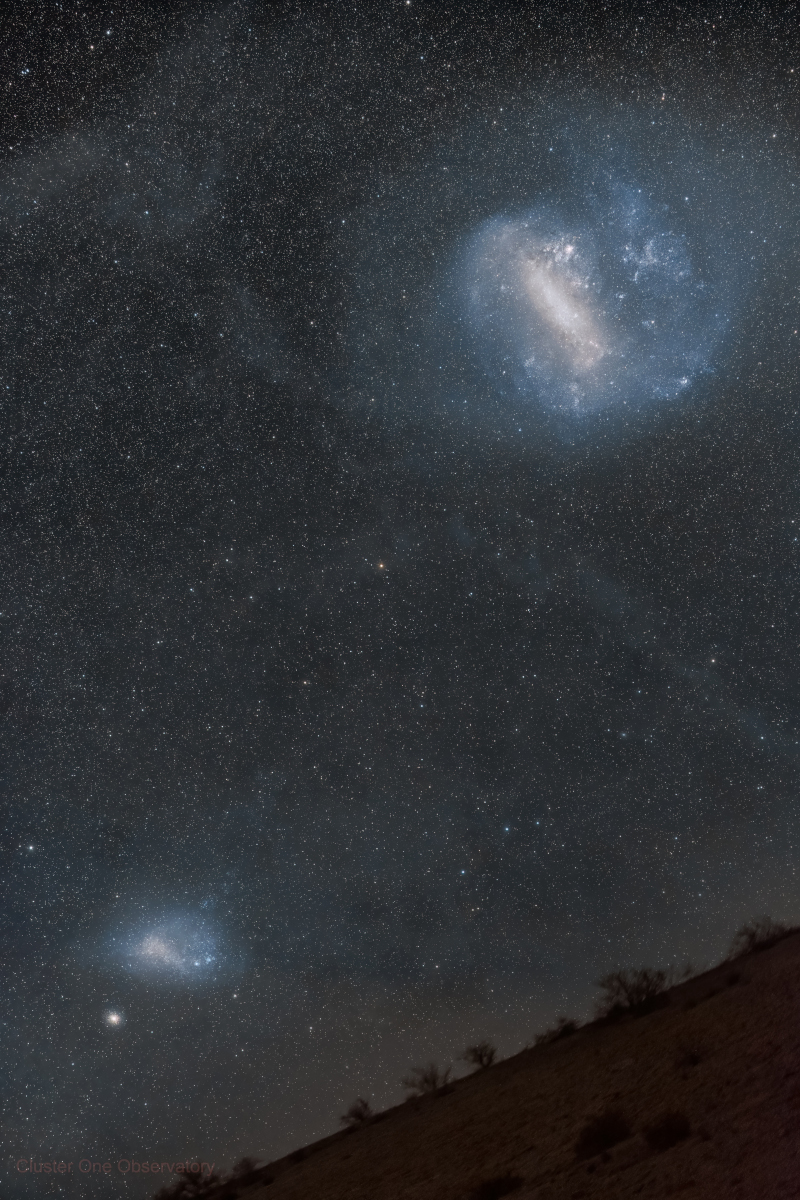Blog
Samuel Gene Maghett (February 14, 1937 – December 1, 1969), known as Magic Sam, was an American Chicago blues musician. He was born in Grenada County, Mississippi, and learned to play the blues from listening to records by Muddy Waters and Little Walter. After moving to Chicago at the age of 19, he was signed by Cobra Records and became well known as a bluesman after the release of his first record, “All Your Love”, in 1957. He was known for his distinctive tremolo guitar playing.
The stage name Magic Sam was devised by Sam’s bass player and childhood friend Mack Thompson at Sam’s first recording session for Cobra, as an approximation of “Maghett Sam”. The name Sam was using at the time, Good Rocking Sam, was already being used by another artist.
Maghett moved to Chicago in 1956, where his guitar playing earned him bookings at blues clubs on the West Side. He recorded singles for Cobra Records from 1957 to 1959, including “All Your Love” and “Easy Baby”. They did not reach the record charts but had a profound influence, far beyond Chicago’s guitarists and singers. Together with recordings by Otis Rush and Buddy Guy (also Cobra artists), the West Side Sound was a manifesto for a new kind of blues. Around this time Magic Sam worked briefly with Homesick James Williamson. His career was cut short when he suddenly died of a heart attack in December 1969.[2] He was 32 years old. Magic Sam was buried in the Restvale Cemetery, in Alsip, Illinois. He was survived by his wife, Georgia Maghet Magic Sam gained a following before being drafted into the U.S. Army. He served six months in prison for desertion and received a dishonorable discharge.
more...A spectacular trio of merging galaxies in the constellation Boötes takes centre stage in this image from the NASA/ESA Hubble Space Telescope. These three galaxies are set on a collision course and will eventually merge into a single larger galaxy, distorting one another’s spiral structure through mutual gravitational interaction in the process. An unrelated foreground galaxy appears to float serenely alongside the collision, and the smudged shapes of much more distant galaxies are visible in the background. This colliding trio — known to astronomers as SDSSCGB 10189 — is a relatively rare combination of three large star-forming galaxies lying within only 50 000 light-years of one another. While that might sound like a safe distance, for galaxies this makes them extremely close neighbours! Our own galactic neighbours are much further away; Andromeda, the nearest large galaxy to the Milky Way, is more than 2.5 million light-years away from Earth. This observation was designed to help astronomers understand the origin of the largest, most massive galaxies in the universe. These galactic behemoths are called Brightest Cluster Galaxies (BCGs) and — as the name suggests — are defined as the brightest galaxies in any given galaxy cluster. Astronomers suspect that BCGs form through the merger of large, gas-rich galaxies like the ones in this image. They turned to Hubble’s Wide Field Camera 3 and Advanced Camera for Surveys to investigate this galactic trio in painstaking detail, hoping to shed light on the formation of the Universe’s most massive galaxies. [Image description: Three galaxies stand together just right of centre. They are close enough that they appear to be merging into one. Their shapes are distorted, with strands of gas and dust running between them. Each is emitting a lot of light. Further to the left is an unconnected, dimmer spiral galaxy. The background is dark, with a few smaller, dim and faint galaxies and a couple of stars.

Anthony “Rebop” Kwaku Baah (13 February 1944 – 12 January 1983) was a Ghanaian percussionist who worked with the 1970s rock groups Traffic and Can.
Baah was born on 13 February 1944, in Konongo, Gold Coast.
In 1969, Baah performed on Randy Weston‘s album African Rhythms. In the same year he worked with Nick Drake on the song “Three Hours”, posthumously released in 2004 on the compilation album Made to Love Magic. He then joined the English band Traffic in 1971, having met them in Sweden during a tour. He appeared on the albums Welcome to the Canteen, The Low Spark of High Heeled Boys, Shoot Out at the Fantasy Factory, On the Road, and When the Eagle Flies.
In 1973 he performed in the all-star Eric Clapton’s Rainbow Concert. After Traffic disbanded in 1974, he played on Steve Winwood’s self-titled debut solo album, which was released in 1977. Also in 1977, he joined the German band Can along with former Traffic bassist Rosko Gee, playing with them until their breakup in 1979, appearing on the albums Saw Delight, Out of Reach and Can.
In 1982 Baah recorded an album with Zahara. Baah died of a cerebral hemorrhage during a performance in Stockholm, Sweden in January 1983, where he was on tour with Jimmy Cliff. His final album, Melodies in a Jungle Man’s Head, was released in its unfinished state.
more...Peter Brian Gabriel (born 13 February 1950) is an English musician, singer, songwriter, record producer, and activist. He rose to fame as the original lead singer of the progressive rock band Genesis. After leaving Genesis in 1975, he launched a successful solo career with “Solsbury Hill” as his first single. His fifth studio album, So (1986), is his best-selling release and is certified triple platinum in the UK and five times platinum in the US. The album’s most successful single, “Sledgehammer“, won a record nine MTV Awards at the 1987 MTV Video Music Awards and, according to a report in 2011, it was MTV‘s most played music video of all time.
Gabriel has been a champion of world music for much of his career. He co-founded the WOMAD festival in 1982. He has continued to focus on producing and promoting world music through his Real World Recordslabel. He has also pioneered digital distribution methods for music, co-founding OD2, one of the first online music download services. Gabriel has also been involved in numerous humanitarian efforts. In 1980, he released the anti-apartheid single “Biko“. He has participated in several human-rights benefit concerts, including Amnesty International‘s Human Rights Now! tour in 1988, and co-founded the Witness human rights organisation in 1992. Gabriel developed The Elders with Richard Branson, which was launched by Nelson Mandela in 2007.
Gabriel has won three Brit Awards—winning Best British Male in 1987, six Grammy Awards, thirteen MTV Video Music Awards, the first Pioneer Award at the BT Digital Music Awards, the Q magazine Lifetime Achievement, the Ivor Novello Award for Lifetime Achievement, and the Polar Music Prize. He was made a BMI Icon at the 57th annual BMI London Awards for his “influence on generations of music makers”. In recognition of his many years of human rights activism, he received the Man of Peace award from the Nobel Peace Prize laureates in 2006, and Time magazine named him one of the 100 most influential people in the world in 2008. AllMusic has described Gabriel as “one of rock’s most ambitious, innovative musicians, as well as one of its most political”. He was inducted into the Rock and Roll Hall of Fame as a member of Genesis in 2010, followed by his induction as a solo artist in 2014. In March 2015, he was awarded an honorary doctorate from the University of South Australia in recognition of his achievements in music.
more...King Floyd (February 13, 1945 – March 6, 2006) was a New Orleans soul singer and songwriter, best known for his top 10 hit from 1970, “Groove Me“.
King Floyd III was born in New Orleans in 1945. His musical career started as a singer at the Sho-Bar on Bourbon Street. Following a stint in the army, Floyd went to California, where he joined up with record producer Harold Battiste. His debut album, A Man in Love, featuring songs co-written with Dr. John, failed to make an impact on the charts. Floyd returned to New Orleans in 1969 and worked for the Post Office.
James Brown made a discovery out of King Floyd, because of the screams, tells, grunts, and other panting noises that were similar to Brown’s vocal style. In 1970, Wardell Quezergue, an arranger of R&Bscores, persuaded Floyd to record “Groove Me” with Malaco Records in Jackson, Mississippi. Jean Knightrecorded her hit, “Mr. Big Stuff,” in the same sessions.
At first, “Groove Me” was a B-side to another Floyd song, “What Our Love Needs.” New Orleans radio DJsstarted playing “Groove Me” and the song became a local hit. Atlantic Records picked up national distribution of “Groove Me,” which topped the United States R&B chart and reached number 6 on the Billboard Hot 100. This disc sold over one million copies, and received a gold disc awarded by the R.I.A.A. in December 1970. Floyd quit his job at the post office to perform a U.S. tour. His follow-up single, “Baby Let Me Kiss You” climbed up to number 29 on the Billboard top 40 charts in 1971.
more...Wardell Gray (February 13, 1921 – May 25, 1955) was an American jazz tenor saxophonist who straddled the swing and bebop periods.
Gray was born in Oklahoma City, the youngest of four children. He spent his early childhood years in Oklahoma, before he and his family moved to Detroit in 1929.
In early 1935, Gray began attending Northeastern High School, then transferred to Cass Technical High School, noted for having Donald Byrd, Lucky Thompson and Al McKibbon as alumni. He left in 1936, before graduating. Advised by his brother-in-law Junior Warren, as a teenager he started on the clarinet, but after hearing Lester Young on record with Count Basie, he was inspired to switch to tenor saxophone.
Gray’s first musical job was in Isaac Goodwin‘s small band, a part-time outfit that played local dances. When auditioning for another job, he was heard by Dorothy Patton, a young pianist who was forming a band in the Fraternal Club in Flint, Michigan, and she hired him. After a very happy year there, he moved to Jimmy Raschel‘s band (Raschel had recorded a few sides earlier in the 1930s but did not do so again), then to the Benny Carew band in Grand Rapids, Michigan. It was at around this time that he met Jeanne Goings; together they had a daughter, Anita, who was born in January 1941. Gray was still working regularly despite his drug problems, and when Benny Carter was engaged in May 1955 to provide the band at the opening of the Moulin Rouge Hotel, he called on Gray. Gray attended rehearsals but was absent when the club opened on May 25. The next day he was found on a stretch of desert on the outskirts of Las Vegas dead with a broken neck.
more...
Normally, cloud bottoms are flat. This is because moist warm air that rises and cools will condense into water droplets at a specific temperature, which usually corresponds to a very specific height. As water droplets grow, an opaque cloud forms. Under some conditions, however, cloud pockets can develop that contain large droplets of water or ice that fall into clear air as they evaporate. Such pockets may occur in turbulent air near a thunderstorm. Resulting mammatus clouds can appear especially dramatic if sunlit from the side. The mammatus clouds pictured here were photographed over Hastings, Nebraska during 2004 June.

Omar Hakim (born February 12, 1959) is an American drummer, producer, arranger and composer. His session work covers jazz, jazz fusion, and pop music. He has worked with Weather Report, David Bowie, Foo Fighters, Sting, Madonna, Dire Straits, Bryan Ferry, Journey, Kate Bush, George Benson, Miles Davis, Daft Punk, Mariah Carey, The Pussycat Dolls, David Lee Roth, and Celine Dion.
Hakim was born in New York City on February 12, 1959. His father, Hasaan Hakim, was a trombonist. Omar started playing the drums at the age of five, and first performed in his father’s band four or five years later.
more...William Otis Laswell (born February 12, 1955) is an American bass guitarist, record producer, and record label owner. He has been involved in thousands of recordings with many collaborators from all over the world. His music draws from funk, world music, jazz, dub, and ambient styles.
According to music critic Chris Brazier, “Laswell’s pet concept is ‘collision music’ which involves bringing together musicians from wildly divergent but complementary spheres and seeing what comes out.” The credo of one record label run by Laswell which typifies much of his work is “Nothing Is True, Everything Is Permitted”. Although his bands may be credited under the same name and often feature the same roster of musicians, the styles and themes explored on different albums can vary dramatically. Material began as a noisy dance music band, but later albums concentrated on hip hop, jazz, or spoken word readings by William S. Burroughs. Most versions of the band Praxis have included guitarist Buckethead, but they have explored different permutations on albums.
Laswell got his earliest professional experience as a bass guitarist in R&B and funk bands in Detroit and Ann Arbor, Michigan. He saw shows that combined genres, such as Iggy and the Stooges, MC5, and Funkadelic. He was also influenced by jazz musicians John Coltrane, Albert Ayler, and Miles Davis.
more...
Narasimhan Ravikiran (born 12 February 1967) is an Indian slide instrumentalist, vocalist, composer, and orator, who created the concept of melharmony. He is the son of gottuvadhyam player Chitravina Narasimhan and the grandson of Narayan Iyengar, who was also a Carnatic musician.
Ravikiran was born in Mysore, Karnataka. He made his first appearance at the age of two, in April and again in August 1969, in Bangalore, and was interviewed by Semmangudi Srinivasa Iyer, Pandit Ravi Shankar, M S Subbulakshmi and Flute T R Mahalingam. He also performed at the XLIII Madras Music Conference held at The Madras Music Academy in December 1969, and was awarded a scholarship from the academy.He was able to identify about 325 ragas (melodic scales) and 175 talas (rhythmic cycles) of Carnatic music. Ravi Shankar is said to have declared “If you don’t believe in God, look at Ravikiran”. Soon after, he was presented at leading institutions such as Shanmukhananda Fine Arts, Bombay and Tyagaraja Sabha, Coimbatore.
more...The final performance of RENT the musical by Theatre 55 performing at the Gremlin Theater in St Paul. Saturday February 11th 2023 at 7pm. Music by Shirley Mier, Jamie Carter, Lyra Olson and mick laBriola.

The two prominent clouds in this Chilean Atacama Desert skyscape captured on January 21 actually lie beyond our Milky Way galaxy. Known as the Large and the Small Magellanic Clouds they are so named for the 16th century Portuguese explorer Ferdinand Magellan, leader of the first circumnavigation of planet Earth. Famous jewels of southern hemisphere skies, they are the brightest satellite galaxies of the Milky Way. The larger cloud is some 160,000 light-years, and the smaller 210,000 light-years distant. While both are irregular dwarf galaxies in their own right, they exhibit central barred structures in the deep wide-angle view. Wide and deep exposures also reveal faint dusty galactic cirrus nebulae and the imprints of gravitational tidal interactions between the Large and Small Magellanic Clouds.

Didier Lockwood (11 February 1956 – 18 February 2018) was a French violinist. He played in the French rock band Magma in the 1970s, and was known for his use of electric amplification and his experimentation with different sounds on the electric violin.
In 1979, Lockwood released his first album as a leader, New World, and recorded more than 20 albums.In 1994, he moved to New York City for two years. During that time he recorded two albums, New York Rendez Vous and Storyboard. Lockwood’s influences include violinist Jean-Luc Ponty. He started playing electric violin after hearing Ponty on the album King Kong: Jean-Luc Ponty Plays the Music of Frank Zappa. Another important influence was Frenchman Stéphane Grappelli. In 2000, Lockwood recorded a tribute album to Grappelli.
more...Little Johnny Taylor (born Johnny Lamont Merrett; February 11, 1943 – May 17, 2002) was an American blues and soul singer. He made recordings throughout the 1960s and 1970s, and continued public performances through the 1980s and 1990s.
Born in Gregory, Arkansas, United States, he is frequently confused with his contemporary and near namesake Johnnie Taylor, especially since the latter made a cover version of the song that Little Johnny Taylor was most famous for, “Part Time Love” (1963), and the fact that both men began their careers as gospel singers.
Little Johnny Taylor moved to Los Angeles in 1950, and sang with the Mighty Clouds of Joy before moving into secular music. Influenced by Little Willie John, he first recorded as an R&B artist for the Swingin’ record label.
more...More Posts
- Cosmos Eclipse Passage
- Will Wampach
- Neville Staple
- Frank Vicari
- John Lee Granderson
- World Music Jembaa Groove
- Daily Roots Groundation
- Echoes of Freedom Carl Jung
- Cosmos IC 4633
- Joey DeFrancesco
- Omar Sosa
- Claude Bolling
- Hayedeh
- Kishori Amonkar
- World Music Lucrecia Carrizo
- Daily Roots Glen Washington
- Cosmos Gum 41
- Reuben Wilson
- Steve Gadd
- Mance Lipscomb